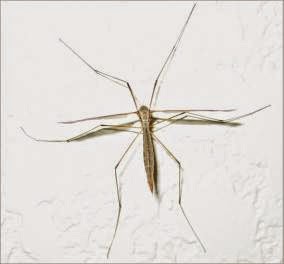In the Northwest, lawns are very susceptible to the European Crane Fly. The adult crane fly are harmless insects that are actually a beneficial food source for birds and other animals. They are also great for controlling the mosquito population throughout the summer.
However, the crane fly larvae are known for decimating lawns in our area in a short amount of time. Fortunately, if caught early, crane fly can be controlled and major lawn renovations can be avoided.
Here is a simple way you can check your own lawn for crane fly larvae.
Dig up a small patch of lawn. Specifically in an area that appears to be in poor health, shaded, or overly moist. Dig down about three inches, and look through the thatch and roots to see if there are any small brown larvae present. The best time to check for crane fly is February through May when the eggs are hatching.
If larvae are present, now is the time to treat. Our current protocol for crane fly control is one to two applications (depending on severity of infestation) with a registered insecticide. These treatments are best done in wet weather so rainfall can drive the insecticide down into the root system.
If you are unsure that the damage you are seeing is from crane fly, feel free to call us. We will gladly come out and do a thorough inspection of your lawn and advise you on the best course of treatment.




